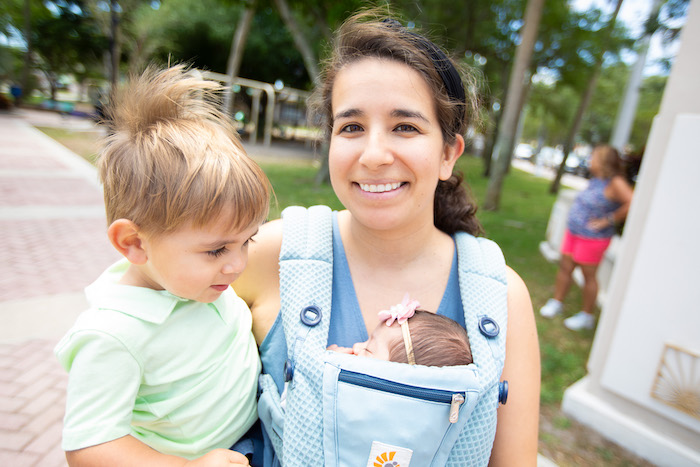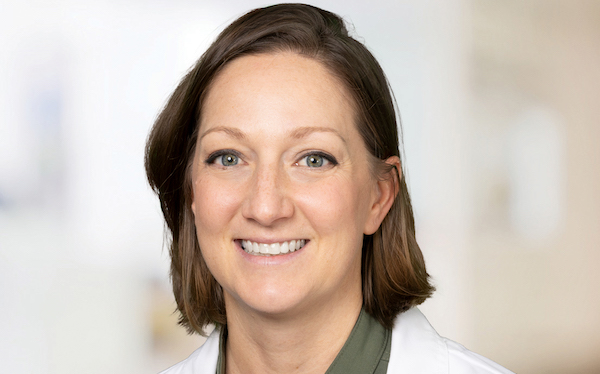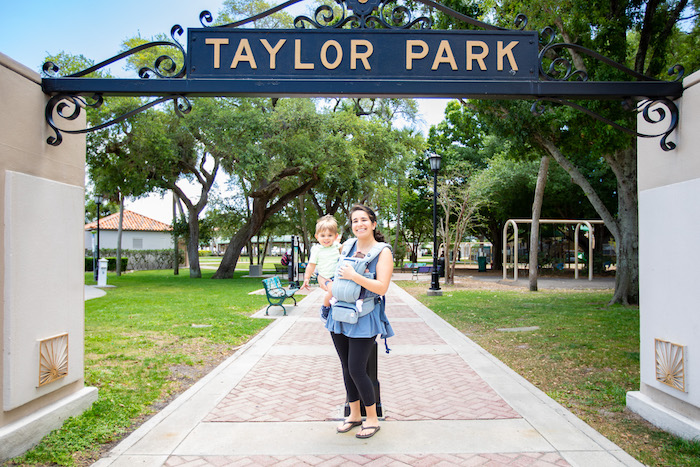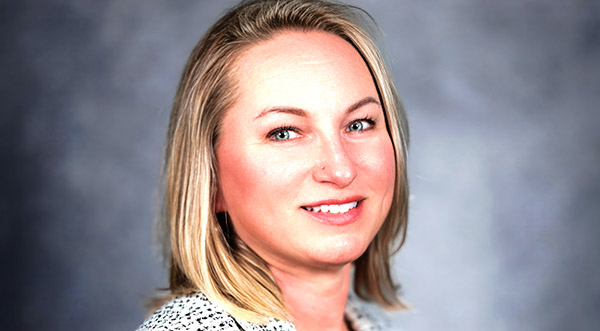Preeclampsia: Health First Obstetricians Ready to Treat Deadly Perinatal Disorder, Promise Walk Set May 18 in Cocoa Village
By Space Coast Daily // May 17, 2024
Preeclampsia Foundation’s 10th annual Space Coast Promise Walk Set Saturday

Health First is a proud sponsor of the Preeclampsia Foundation’s 10th annual Space Coast Promise Walk that takes place May 18 at 8 a.m. in Cocoa Village at 401 Riveredge Blvd.
BREVARD COUNTY, FLORIDA – Michelle Johnston of Melbourne was cruising to her due date with Diego, now 19 months. A member of FIT4MOM, she was exercising regularly, eating right, and on her feet 10 hours a day at the Brevard Zoo where she is now a manager. If her feet were starting to swell, well, “I thought that was another pregnancy thing.”
One night, in her 34th week, she was nauseated, vomiting, and suffering bad heartburn – or so she thought.
Johnston didn’t know it, but she was suffering preeclampsia, a perinatal hypertension that develops toward the end of pregnancy that can lead to organ failure – even death.
Thus began a whirlwind of appointments, trips to the Emergency Department at Health First’s Holmes Regional Medical Center, and finally, at 35 weeks – seeing “floaters” and struggling to breathe – a lifesaving caesarian section delivery.
“Looking back on it, I wish I had known a little bit more,” she says now. “It’s one of the bigger things we deal with in the Obstetrics department,” says Health First OB-GYN Provider Audrey Jackson, APRN. “By the third trimester, I begin briefing patients on the symptoms.”
Lady Sybil’s Death
Fans of the show “Downton Abbey” will remember the childbirth death of Lady Sybil, the youngest of the Crawley sisters, but they may be forgiven for not knowing the cause, preeclampsia.
The condition affects as many as 1 in 25 pregnancies. It’s one of the most common pregnancy complications causing 70,000 maternal deaths and 500,000 fetal deaths worldwide each year, but it’s an experience researchers say is “unexpected and unknown” for many new moms.
“It’s up there with gestational diabetes” among common pregnancy complications, Jackson says, “but mothers don’t die of gestational diabetes.”
For Johnston, who was having symptoms the week Hurricane Ian made landfall, the course of action was continued blood pressure monitoring with proteinuria dipstick testing to spot elevated protein levels in urine that indicate an impaired kidney, and a steroid treatment meant to accelerate the fetus’s lung development.
“They said at first, ‘We’re going to try and hold until 37 weeks, but we might have to deliver your baby sooner than you like.’”
Just hours before Diego was born at 9:30 a.m. on a Friday, Johnston’s blood pressure was “through the roof.” She was seeing floaters and unable to breathe.
“This is preeclampsia turning into HELLP syndrome,” Johnston was told, a severe and deadly condition.

Esme, 34 Weeks
After the emergency C-section, Johnston’s blood pressure returned to normal.
“I was in the hospital for days, and they monitored my blood pressure the whole time, but it was never elevated again.”
In a few months, Johnston was once more pregnant, and again, she exercised, ate well and felt good. Until the 33rd week.
“It was a routine checkup, and [the Provider] said, ‘I do not like your blood pressure’ – but I felt no symptoms.”
This time, Johnston’s blood pressure never waned. It kept climbing. Instead of 35 weeks, Esme was born at 34 weeks by C-section, weighing 4 lbs. 2 oz. She was in the neonatal ICU for 20 days, much of it with a breathing and feeding tube.
Johnston, whose elevated blood pressure lingered, was in the hospital for 10 days.

Risk Factors and Symptoms
“I would just have people read up on it,” Johnston says. “It wasn’t something I thought I needed to know about being healthy in general. I eat well. I’m on the move all the time. I never thought something like this could affect someone like me.”
“What causes it? Placental factors – human placental lactogen,” Jackson says, a hormone that prepares the body for breastfeeding but also regulates metabolism and insulin sensitivity.
Today, Providers know that if multiple risk factors are present by the end of the first trimester – these may be advanced age, family history, pregnant with multiples, chronic hypertension and kidney disease, among others – a regimen of low-dose aspirin will be recommended.
“Don’t ignore your symptoms,” Jackson pleads. “If you’re feeling off, let your Provider know. I hear a lot, ‘I just thought it was a pregnancy thing,’ and there are so many weird pregnancy things, absolutely! But it’s never going to be blurred vision, spots in front of your eyes, stars. These are neurological symptoms that, unless you have a specific type of ocular migraine, it is almost always going to be preeclampsia.”
Today, mother, son and daughter are doing well. Mom and Dad are grateful, and the family is complete.
“We decided we’re not going to do it anymore because it just seems to be too dangerous for my health. It was really scary the first time, then, the second time, just the length of stay in the hospital was too much with a toddler who needs me running around.”
Health First is a proud sponsor of the Preeclampsia Foundation’s 10th annual Space Coast Promise Walk that takes place May 18 at 8 a.m. in Cocoa Village, at 401 Riveredge Blvd. in Cocoa.
Visit HF.org/news to find more health features and Health First news.













